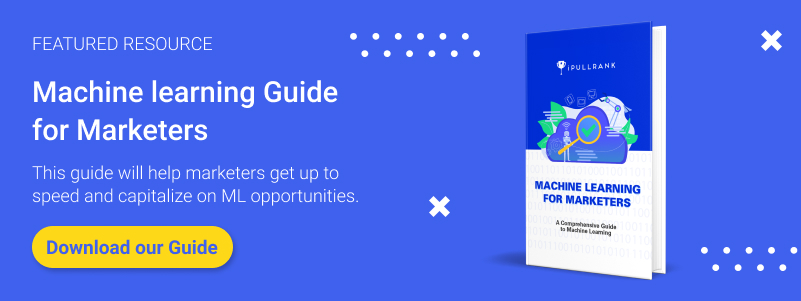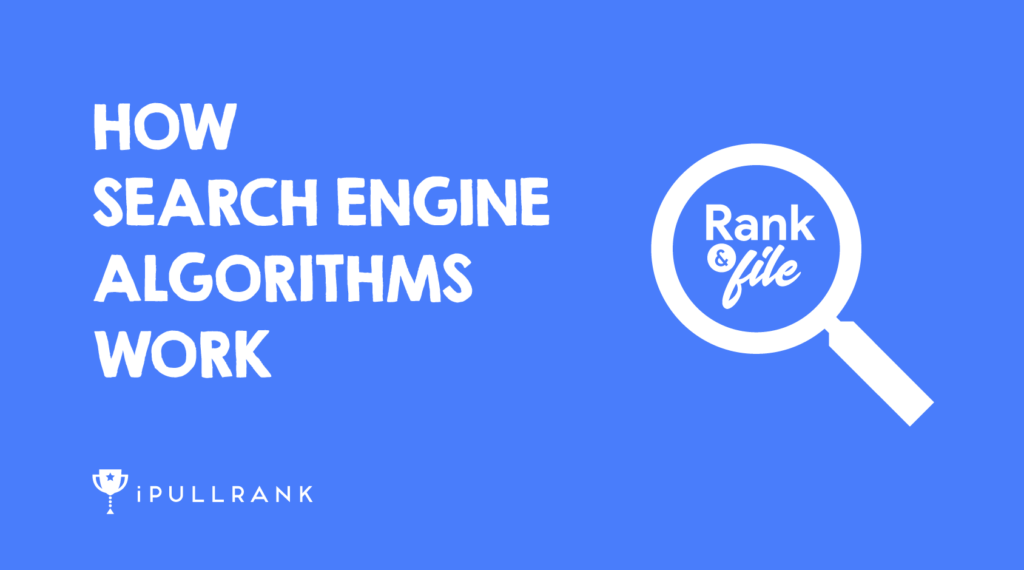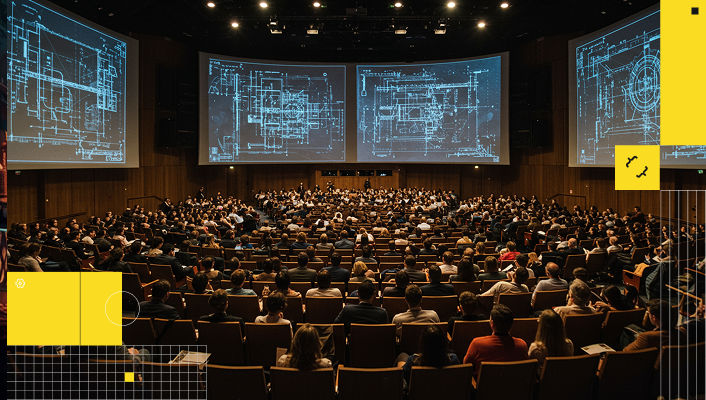Today I’m changing it up a bit and going with a screenshare because I thought it would be the most effective way to communicate the point. We’re talking about scoring functions or the concept behind algorithm rankings.
In this episode of Rank and File, I walk through a simplified version of how search engines score documents to inform rankings and how adjustments to the scoring function impact how you rank.
Video Transcription:
Intro
Salutations, folks. Welcome back to another edition of Rank and File. I’m your humble host, Mike King, founder and managing director at iPullRank. So what I wanted to talk about today is how search engine algorithms work. Over the past couple of years I’ve been getting more and more into information retrieval, which is the computer science behind how search engines work. And it’s been really important to me because I got tired of saying it depends. I wanted to really understand how things are actually working.
And so I went into this with a bit of a hypothesis and I tweeted about it about two years ago at this point. I said: “Thinking in terms of hacking, I wonder if Google’s algos have always been more elegant than we thought and we’ve just been using links as the equivalent of brute force password cracking.There have always been better “exploits”, we’ve just always over-indexed on links.”
What is document scoring?
And so a couple of ex Googlers and current Googlers liked what I had to say there and it made me think I might’ve been on the right track. But as I dug more into information retrieval, I stumbled upon this concept called document scoring. So when we talk about algorithms, search engine algorithms, we’re really talking about is what’s called scoring functions. And basically what they do is they take different features and factors about a webpage on and off the page, and then they score them, they add them up, and then using that composite score, they then rank pages from highest to lowest. There’s a lot more complexity to it, but let’s just simplify it so you understand, you know, what’s going on behind the iron curtain, so to speak.
What factors are at play?
And so imagine you have a content factor, another content factor of speed factor in two different link factors. You add those up and then there’s that document score that we just talked about. But each of those factors also has a weight to it because you may not want things to be considered to have the same value within that scoring function. So imagine that, you know, one of these content factors may be weighted as a three. Another content factor is weighted as a six, the two content factors is weighted as a two and then ultimately you multiply and then you add up the different factors with their waiting after that multiplication to get that document score.
So what we do as SEOs believing that link factors are the most important. We over index on those links. We put a lot of effort into those links. And then you know, you have a link factor where your effort is worth for 95 and then the multipliers two another link factor where the effort is at 74 and then the multiplier is also two. So you add up all these values here and you’ll get a document score of 369 and so if that is better than the scores for the other documents that you’re competing against, then you ranked number one or in a top 10 or what have you.
So then with a search engine like Google may do is turn down the weights on that linking factor because they see that there’s a lot of users or websites that are over-indexing on those links and trying to manipulate the search engine results. And so that 369 that you had before is now a 55.49. And so what I’ve been thinking and what I believe to be the case and why we do so much of what we call technical content optimization, is that those content factors may still have far more value and you have more control over the, over those content factors.
And we’ve seen a lot of this actually, you know, turn out to be the case through the content optimizations that we do that were a combination of, you know, LDA, TF-IDF, and also, you know, entity salients that we can directly manipulate. And, you know, we don’t just do it in a vacuum. We’re always looking for how can we make this content speak better to our target audiences. So I hope that helps.
Conclusion
I hope you better understand how algorithms work and how the different features in, you know, weightings can then impact how you rank, not just for what you do, but also what the surgeon is doing and how, you know, just because you have more links doesn’t necessarily mean you’re going to rank better, because they may turn that dial up and down. So hope that helps. And I’ll see you again tomorrow.

What have you noticed about how search engine algorithms work that you’ve used to your advantage?





